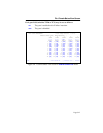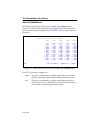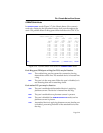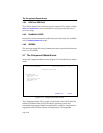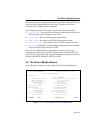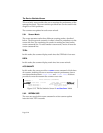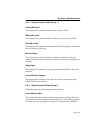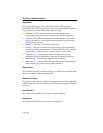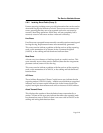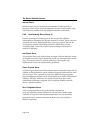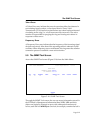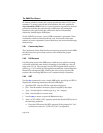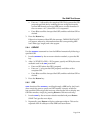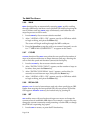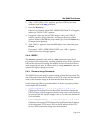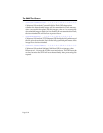
The Device Statistics Screen
Page 5-25
5.8.5 Isolating Errors Fields (Group 3)
Frames reporting isolating errors provide information that can be used to
determine the physical domain of a fault. These errors are common soft
errors, meaning that they are to be expected and can be overcome by
normal Token Ring operations. While they will not completely halt a
network, excessive soft errors reduce a network’s efficiency.
Line Errors 1
Line Errors are corrupted frames normally caused by stations entering and
leaving the ring. Replacement frames are automatically generated.
This error can also indicate a problem with the receiver of the reporting
node, or the transmitter of its Nearest Active Upstream Neighbor
(NAUN), or the cabling and hub hardware between them.
Burst Errors
2
A burst error is an absence of clocking signals at a node’s receiver. This
error normally occurs when passive stations (those that do not generate
phantom current) enter or leave the ring.
This error can also indicate a problem with the receiver of the reporting
node, or the transmitter of its NAUN, or the cabling and hub hardware
between them.
AC Errors 3
These Address Recognized/Frame Copied errors may indicate that the
reporting station’s NAUN is faulty—unable to set the address recognized
indicator and/or frame copied indicator bits in the frame which it has
copied, leaving the downstream node with an incorrect NAUN address.
Abort Transmit Errors 4
This displays the number of abort delimiter frames transmitted by a
station. A frame of this type may indicate that either the reporting node
has detected an error on itself, or there is an error with its NAUN or the
cabling and wiring hubs between them.



